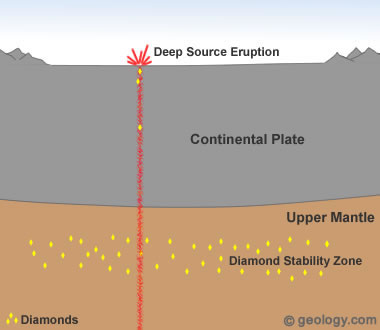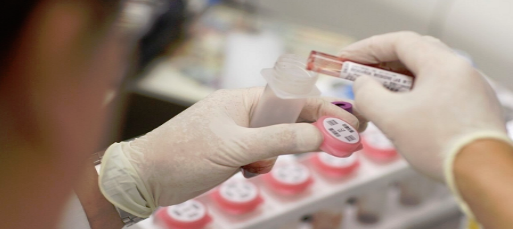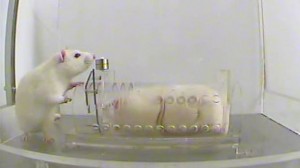The rapid technological advancement has changed many aspects of our lives. Imagine a world where shopping can be done entirely through Internet at home. Perhaps you can then make sure the furniture fits the corner of your house, the T-shirts matches your jeans, and the dress fits perfectly on you.

Image credit to Markbiwwa
With the appropriate application or software installed on either of our web camera enabled mobile phone or computers, we are able to see how the virtual object look in our hand or when combining with other object. Augmented reality (AR) is what makes it all possible; the technology as stated by Graham, Zook and Boulton combines both the real and virtual sensory inputs of sounds, graphic, video, and position.
Recently, many business companies have started to include this function in their online shop site. Ikea, for example, has incorporate AR into their 2013 product catalog, allowing shoppers to not only be able to view their products but also interact it using the application.
Tesco, as another example, uses this same technology allowing shoppers to view product in 3D. Shoppers can then rotate the product around by hand and/or place the product in any places they wish to get a sense of how it look at a particular space.
A company in German called UPCload has extensively used AR technology in their business. After signing up for a membership, members can get a professional tailoring measurement using the program. The measurements then can be used to find the right fit of clothing on online shopping site.
In the past, many people had refused using online shopping due to uncertainties of the product; shoppers were unsure whether the product is what it is. However, with the AR technology, shoppers can be more comfortable purchasing the product online. As the technology improves, shopping can now be done anywhere and anytime we want as long as we got our smartphone or computer in hands.
Blog post submitted by Jamie Tsai























